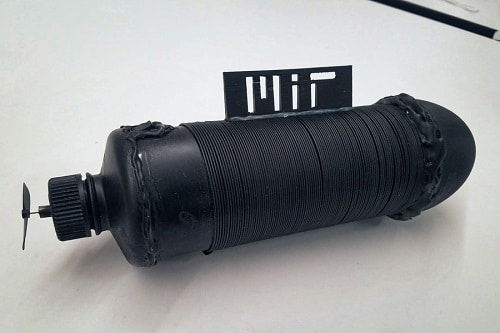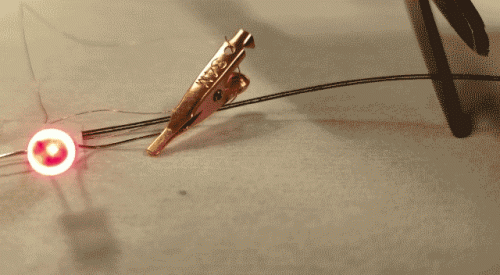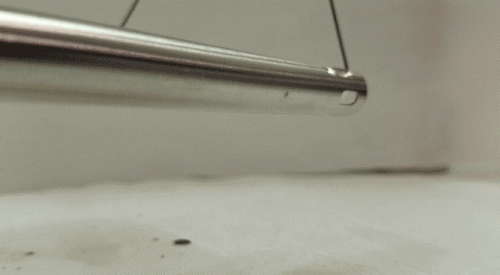The ultra-long fibre could be woven into fabrics and be used for creating a range of wearable electronic devices

Until now, flexible batteries had been devised mainly as thin sheet materials that can be stretched up to a certain length without their electrical conducting properties getting affected.
Now MIT researchers have developed a rechargeable 140 metres long battery fibre that could be woven into fabrics. The battery could enable a wide variety of wearable electronic devices, allow custom creation of 3D-printed batteries and also increase the possibilities for self-powered communications, sensing, and computational devices that could be worn like ordinary clothing.
The self-powered fibre battery, which is also weavable and washable is manufactured using novel battery gels. A fibre-drawing system that starts with a large cylinder contains all the components and heats it to below its melting point. The material is then drawn through a narrow opening to compress all the parts to a fraction of their original diameter while maintaining all the original part arrangements.

According to Tural Khudiyev, postdoc at MIT, in contrast to earlier fibre batteries that were structured with key materials on the outside, the new system embeds lithium and other materials including a “Li-Fi” communications system for data transmission using light pulses, microphone, pre-amp, transistor, and diodes inside the fibre, with a protective, waterproof coating outside.
“There’s no obvious upper limit to the length (of the fibre). We could definitely do a kilometre-scale length,” he says.
Such materials are beneficial for establishing an optical data link between two woven fabric devices.
“When we embed the active materials inside the fibre, that means sensitive battery components already have a good sealing,” Khudiyev says, “and all the active materials are very well-integrated, so they don’t change their position” during the drawing process.
Because the fibre battery is much thinner and more flexible, it along with electronic systems can be easily incorporated into fabrics.

Large Power
When it comes to energy storage capacity, the 100 microns thick long fibre has 123 milliamp-hours storage, sufficient to charge smartwatches or phones.
“The beauty of our approach is that we can embed multiple devices in an individual fibre, (which is) unlike other approaches needing integration of multiple fibre devices,” said Jung Tae Lee, former postdoc at MIT.
He believes more than three or four devices can be combined in such a small space in the future, helping realise compact fabric computing.
Increased Efficiency and Future Work
In addition to individual one-dimensional fibres, which can be woven to produce two-dimensional fabrics, the new flexible material can also be used in 3D printing for creating custom solid objects that also act as power sources that could lower the overall weight of the device and also improve their efficiency and range.
The team is further working to improve the power capacity and efficiency of the fibre. According to Khudiyev, such fibre batteries could be ready for use in commercial products within a few years.
Read here for more details








